From the disappearance in the jungle to the failed expedition in Antarctica […]
Traveling does not always mean tourism.
Throughout history, travelers have moved around the world with different goals, from conquering new territories to scientific exploration. But not without going through historical difficulties.
Subsequently, the Travel by fare selected some of the most impressive voyages, such as the disappearance in Brazil of an Englishman who would become known as the “real Indiana Jones” and the curious crossing of the Norwegian who crossed the Pacific on a wooden raft.
But since the world of travel isn’t just about heroic bearded men, even if the road wasn’t always a place for girls, below you’ll also find female travelers who broke the standards of the time, like Amelia Earhart, the first woman to cross the Atlantic, flying her own plane, and Nellie Bly, who went around the world in 72 days.
Discover incredible historical journeys
*details of subsequent trips can also be found on the site Travel by fare
Around the world in 72 days
(1889)
In the late 19th century, journalist Nellie Bly made history, in a man’s world where women didn’t smoke, didn’t wear trousers, much less were encouraged to travel unaccompanied.
Between November 1889 and January of the following year, the journalist Elizabeth Cochrane Seaman, this was Bly’s given name, raced against time to travel around the world, taking steamboats, following the railways and riding rickshaws to demonstrate that the street is also a place of women.
All this because he wanted to challenge the fictional character Phileas Fogg, da Around the world in 80 dayspractically redoing the same screenplay as Jules Verne’s work, in 72 days.
The journalist also succeeded, but first she had to be told by a colleague from the newspaper that, to make that trip, you had to be a man and have a companion who could carry a lot of luggage.
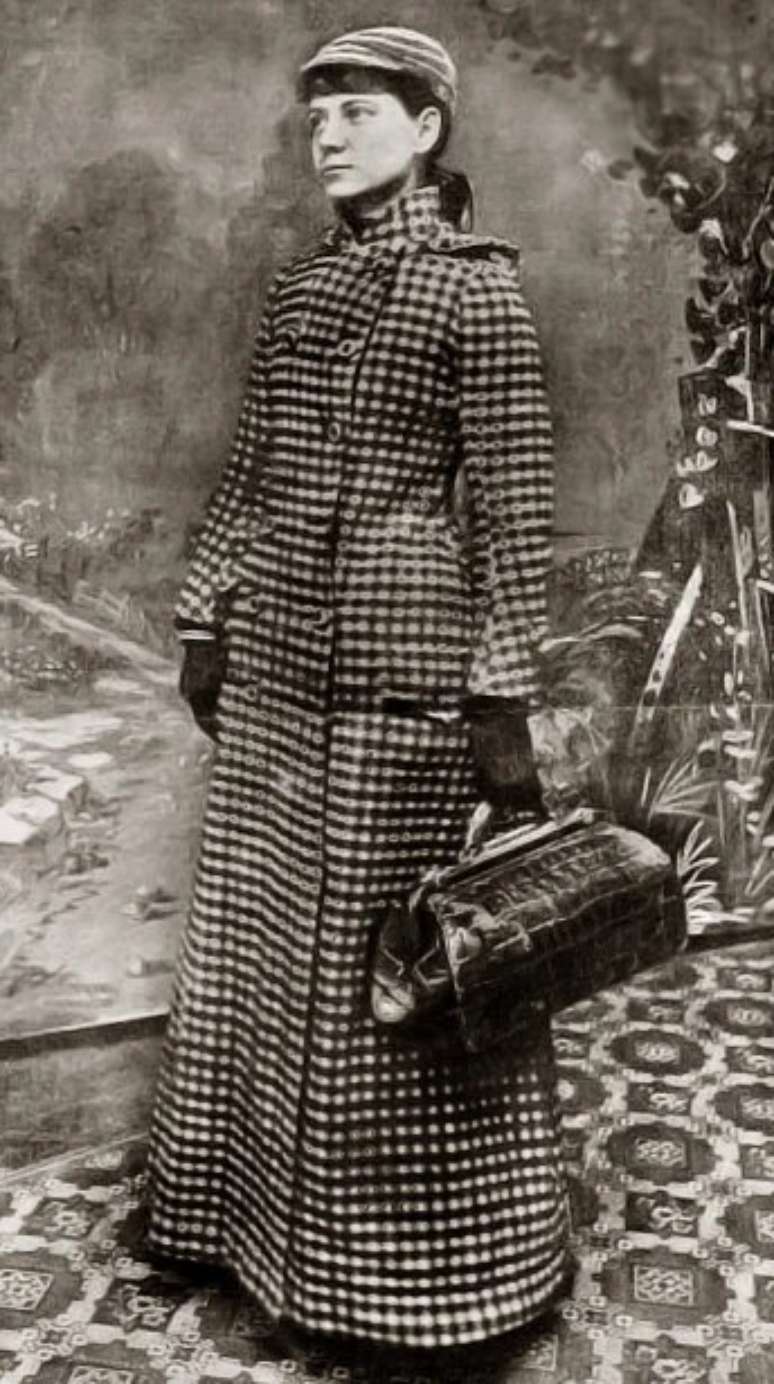
The troubles of the American president in Brazil
(1913)
Between December 1913 and April 1914, Theodore Roosevelt was one of the participants in a trip that would map the Rio da Dúvida, between Rondônia and Amazonas.
In the unknown lands in the heart of Brazil, wilderness was the only option for the scenery of those inland areas.
Led by Cândido Rondon, the “Tamer of the Sertões”, the Rondon-Roosevelt scientific expedition set out to follow this waterway of unknown length, in a painful journey lasting five months, of which 48 days passed without seeing a single human being in those areas, intractable forests.
The delegation with a flotilla of seven canoes and 22 men tested not only their physical but also mental limits, on a journey with wild animal attacks, encounters with indigenous peoples, deadly rapids, disease and an entire Amazon forest that always requires entry.
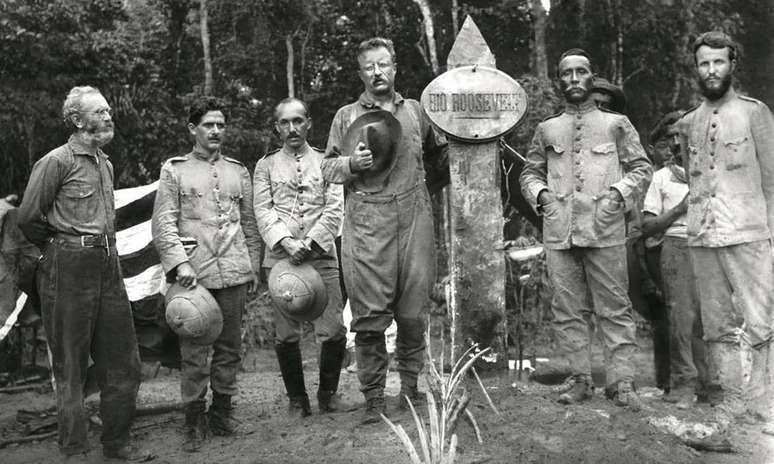
frozen hell
(1914)
Months before the start of World War I, Ernest Shackleton was preparing for what would become known as the last great voyage of the Age of Discovery.
The Imperial Transantarctic Expedition was supposed to break records, but this Irishman did not expect that the journey on his steamship Endurance would come to an end, well before his men reached the frozen lands of the far south of the planet.
Trapped for eight freezing months, the crew abandoned ship in October 1915. The last rescue did not occur until August of the following year, 10 months later.
In the following months, the 28 men on board lived on hope and, even today, are remembered for one of the most impressive stories of survival. By leading a failed journey to the end, Shackleton would become an example of a successful leader.
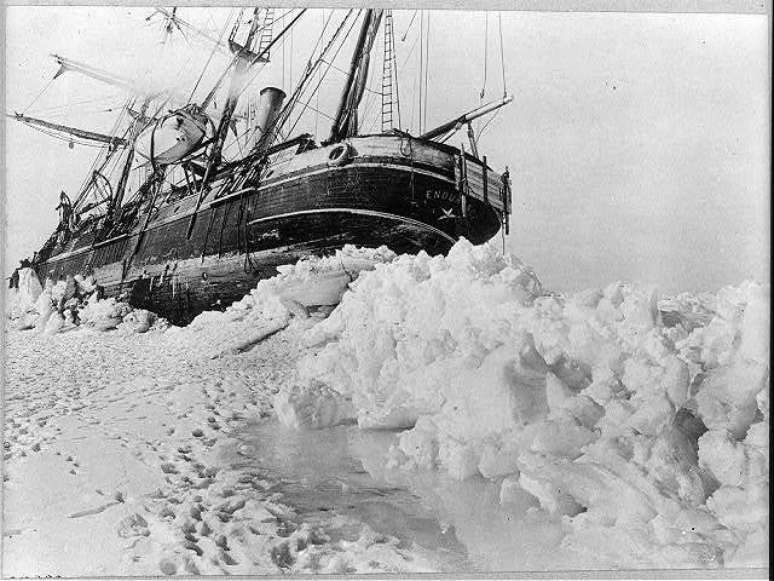
The real Indiana Jones
(1925)
In search of a lost civilization supposedly located in Brazil, British Colonel Percy Harrison Fawcett, his son Jack, and a friend left Cuiabá for one of the “hardest forests in the Amazon,” in the words of David Grann, author of biography Z, a Lost city (Companhia das Letras).
With his trademark Stetson hat and exaggerated taste for adventure, Fawcett would become known as the “real Indiana Jones,” but would never be found again. Neither here nor in other dimensions.
More than 500 kilometers from the capital of Mato Grosso, the Serra do Roncador would see the birth of one of the most mysterious stories of expeditions in the hinterland of central-western Brazil. The region is still known today by titles such as Gateway to Atlantis, entrance to the Hollow Earth, and even the route to Machu Pichu, Peru.
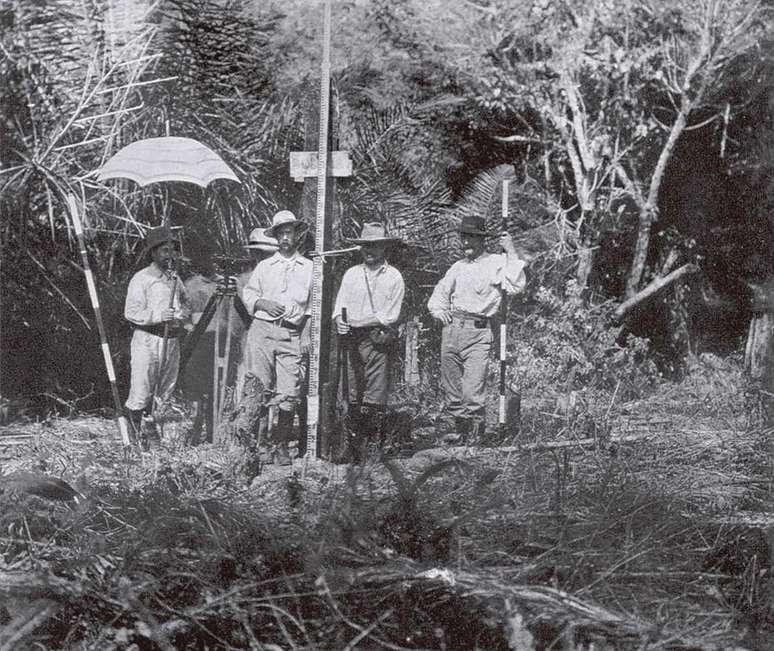
The first woman to fly solo across the Atlantic
(1932)
More than 90 years ago, women saw the world from a different perspective.
American Amelia Earhart will break all aviation prospects by making a nearly 15-hour, non-stop solo flight aboard a Lockheed Vega 5B monoplane between Newfoundland, Canada, and Northern Ireland, Europe .
With the trip, the aviator would also become the second person to make this type of crossing, inaugurated by Charles Lindbergh, five years earlier.
Her CV also includes a course in automotive mechanics and titles such as being the first woman to pilot an autogyro (an airplane that was the precursor to the helicopter) and making the pioneering solo flight between Hawaii and California in 1935.
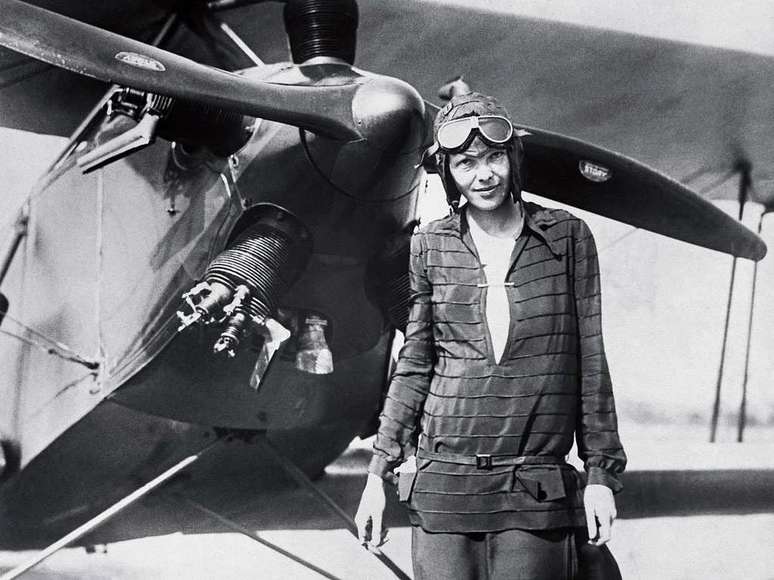
Crossing the Pacific on a raft
(1947)
Accompanied by five other men and a parrot received as a gift in Lima, Peru, the Norwegian Thor Heyerdahl crossed the Pacific Ocean aboard a wooden raft to demonstrate his idea that French Polynesia would be populated by populations from from South America.
In 101 days, the Kon-Tiki expedition traveled approximately eight thousand kilometres, between Peru and Oceania, on board a “faithful copy of the ancient ships of Peru and Ecuador”, in the words of the companion himself.
The expedition was called a “suicide action”, as experts believed that, within a few weeks, the nine porous logs tied with ropes would disintegrate upon contact with sea water.
The undertaking ended on 7 August of that same year, when the rustic vessel violently collided with the Raroia atoll, in the Tuamotus. But despite the tragic end, the shipwreck brought new knowledge about the history of Polynesia (and about all the crew members alive).
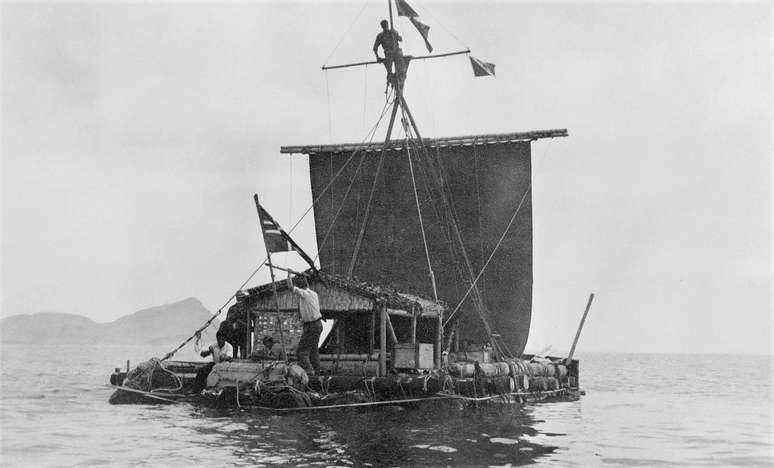
Source: Terra
Ben Stock is a lifestyle journalist and author at Gossipify. He writes about topics such as health, wellness, travel, food and home decor. He provides practical advice and inspiration to improve well-being, keeps readers up to date with latest lifestyle news and trends, known for his engaging writing style, in-depth analysis and unique perspectives.

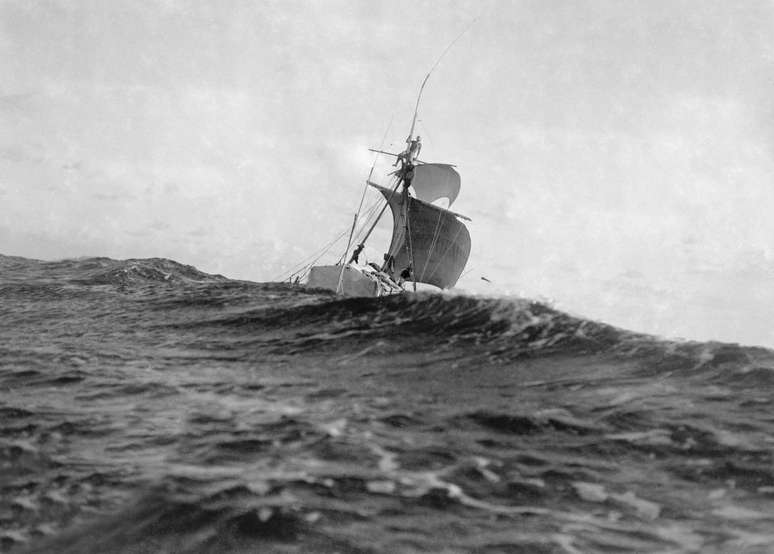




![Un Si Grand Soleil Preview: Episode Summary for Wednesday, October 22, 2025 [SPOILERS] Un Si Grand Soleil Preview: Episode Summary for Wednesday, October 22, 2025 [SPOILERS]](https://fr.web.img2.acsta.net/img/0e/67/0e6770bb5a7db892123914fb7afca318.jpg)

-1hbghh2apxaux.png)
